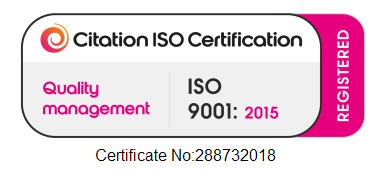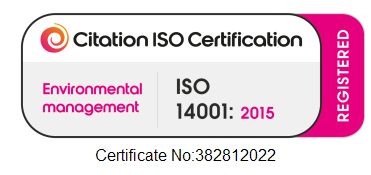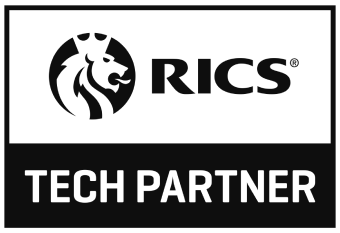
The Art of Winning Architectural Projects: A Guide to Commercially Minded Success
In the competitive landscape of architecture, standing out requires more than just innovative designs and creative prowess. Today's architects must combine their artistic vision with a commercially minded approach to not only meet client needs but also ensure the financial viability and success of their projects. This guide explores key strategies used by architects aiming to enhance their marketability and win more work by adopting a business-savvy mindset.
1. Understanding Client Needs and Market Demands:
The cornerstone of any successful architectural practice is a deep understanding of client objectives and broader market demands. Architects who tailor their designs to address specific commercial goals, such as cost-efficiency, sustainability, and adaptability to future trends, position themselves as invaluable partners in their clients' eyes. Engaging with clients to comprehend their vision and financial constraints ensures that proposed designs are not only aesthetically pleasing but also commercially viable.
2. Crafting a Unique Value Proposition:
Differentiation in a saturated market is essential. Architects must articulate a unique value proposition that highlights their specific expertise, be it in sustainable design, technological innovation, or cost-effective solutions. Demonstrating how your approach adds value to a project, from reducing environmental impact to enhancing user experience, can significantly increase your appeal to potential clients.
3. Strategic Networking and Relationship Building:
Building and maintaining a robust professional network is crucial for uncovering new opportunities. Active participation in industry events, seminars, and online forums can facilitate connections with potential clients and collaborators. Establishing a reputation as a knowledgeable and reliable professional in these circles can lead to referrals and partnerships, driving new business your way.
4. Enhancing Communication and Proposal Skills:
Effective communication and persuasive proposal writing are pivotal in winning projects. Architects must be adept at presenting their ideas and the benefits of their design solutions clearly and compellingly. Tailoring proposals to reflect the client's commercial objectives and how your design meets these goals can set you apart from the competition.
For example, using 3D modelling software or a smart city platform can help you communicate your complex designs. See Below.


Developer name (if available).
Key features (e.g., number of units, height, notable design elements).

Developer name (if available).
Key features (e.g., number of units, height, notable design elements).
5. Prioritising Commercial Viability in Design:
Incorporating commercial viability into your design process is a balancing act that requires creativity and pragmatism. Showcasing your ability to deliver projects that are not only visually striking but also economically sound and market-ready underscores your commitment to clients' success.
6. Embracing Technology for Competitive Advantage:
Leveraging advanced technology for design and project management can enhance efficiency and innovation, offering clients more value. Whether it’s through sophisticated modelling software, virtual reality presentations, or sustainable material selection, technology can provide a competitive edge.
You can find out more about this by reading our blog ‘Harnessing Technology: Digital Tools for Smoother Plan Approvals’
7. Adapting to Market Trends:
Staying abreast of market trends and evolving client expectations is vital. Architects who demonstrate flexibility and a forward-thinking approach can better anticipate future needs, making their services more attractive to clients looking for modern and adaptable design solutions.
8. Building a Compelling Online Presence:
In today's digital age, a strong online presence is non-negotiable. An engaging website, active social media profiles, and regular contributions to online publications can enhance your visibility and attract potential clients. SEO-optimised content that addresses common client questions and showcases your portfolio can drive organic traffic to your site.
You can find out which Architectural practices are the most popular on social media in the UK in this league table from Architects Journal.
9. Committing to Continuous Learning:
The architectural field is constantly evolving, and so should your skills and knowledge. Committing to ongoing professional development in both design and business practices can keep you at the cutting edge of the industry, making your firm more attractive to clients seeking innovative and informed architects.
Conclusion
Blending artistic talent with a commercially minded approach is the blueprint for success in the modern architectural landscape. By focusing on understanding client needs, differentiating your services, and leveraging technology, architects can position themselves to win more work and build lasting, successful practices. Embrace these strategies to not only meet the demands of today’s market but to shape the future of architecture.
Find out how you set yourself apart from the competition and win work for your practice by reading the blog below.
Share This Article
Share On Facebook
Share On Twitter
Share On LinkedIn
Join the Community
Updates, business insights, webinars and more.
Google Privacy Policy and Terms of Service apply.















